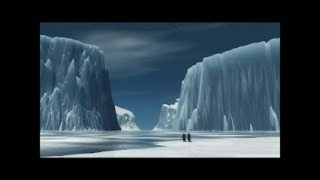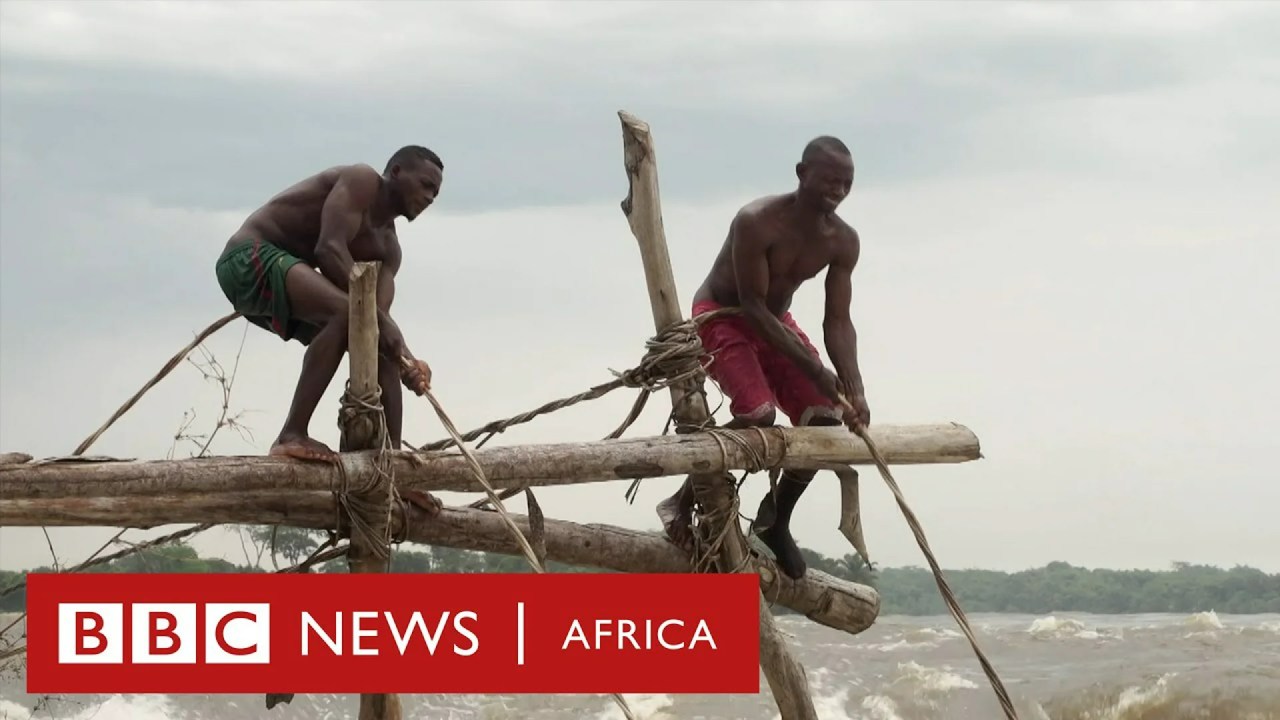Siberia is a vast Russian province encompassing most of Northern Asia, with terrain spanning tundra, coniferous forest and mountain ranges including Altai, Ural, and Verkhoyansk.
An extensive geographical region, and by the broadest definition is also known as North Asia. Historically, Siberia has been a part of Russia since the 16th century.
Temperatures in Siberia can go as low as minus 67 degrees Celsius, prompting even eyelashes to freeze. But residents of the remote region are accustomed to the record-cold weather.
The most commonly occurring climate in Siberia by far is continental subarctic, with the annual average temperature about minus 5 degrees Celsius. In January, the average is minus 25 degrees Celsius, while in July, the temperature can go as high as plus 17 degrees Celsius.




















